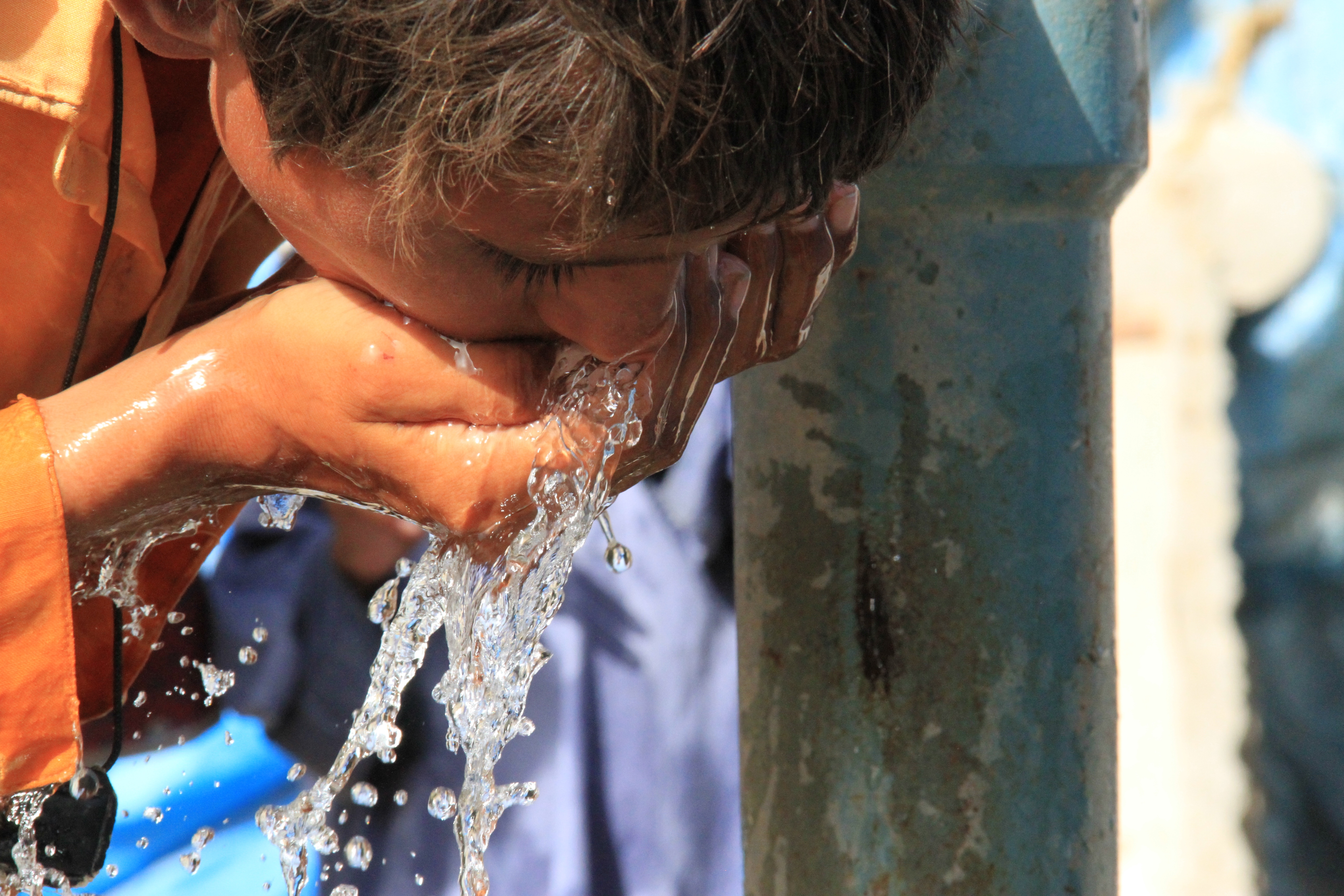Effective emergency preparedness ensures your safety and comfort in any crisis. Below are the top five priorities to focus on when creating a comprehensive plan for you and your family.
Summary of Emergency Preparedness Priorities
- Make a Plan: Review, rotate, and replace supplies. Adjust for family size, age, and local community needs. Consider evacuation, communication, and shelter-in-place scenarios.
- Gather Grab-and-Go Supplies: Assemble 72-hour kits, MREs, food bars, water pouches, water purification tools, first-aid kits, and storage solutions.
- Gather Shelter-in-Place Supplies: Include radios, flashlights, first-aid kits, sanitation and hygiene products, warmth, shelter, and storage.
- Clean Water: Proper water storage, barrels, filters, and purifiers are essential.
- Shelf-Stable Food: Stock pantry items, short-term, and long-term food storage solutions.

Priority 4 – Clean Water
Access to clean water during emergencies is critical yet often overlooked. Here are some key considerations about water:
- Without water, survival is short: You can live 5–7 days without water, depending on health and age—much less than you can survive without food.
- Water is heavy and bulky: A gallon of water weighs 8.3 pounds, making transportation challenging. Emergency plans must consider this limitation.
The recommended amount of water is 1 gallon per person per day, which covers drinking, cooking, cleaning, and sanitation. For long-term preparedness, this storage can become significant, requiring smart planning.
Three Essential Water Strategies
- Store Water: Use food-grade containers, such as 55-gallon barrels, 30-gallon drums, or 5-gallon stackable containers. Avoid reusing old juice or milk containers, as they degrade over time. Consider water stabilizers like the Water Preserver to extend safe storage up to 5 years.
- Use Portable Water Filters: Filters like the MSR MiniWorks or Katadyn Combi can clean up to 500 gallons of water, removing bacteria and protozoa. They're ideal for streams, lakes, or other natural water sources.
- Carry Water Purification Tablets: These tablets chemically treat water, killing bacteria, protozoa, and viruses in under 30 minutes. They’re lightweight, compact, and perfect for emergencies.
Remember, boiling water is another effective method to purify it, although it requires significant fuel and does not remove debris.
Your Preparedness Tips
What are your favorite water storage and purification tips? Share your advice in the comments to help others prepare for emergencies.














